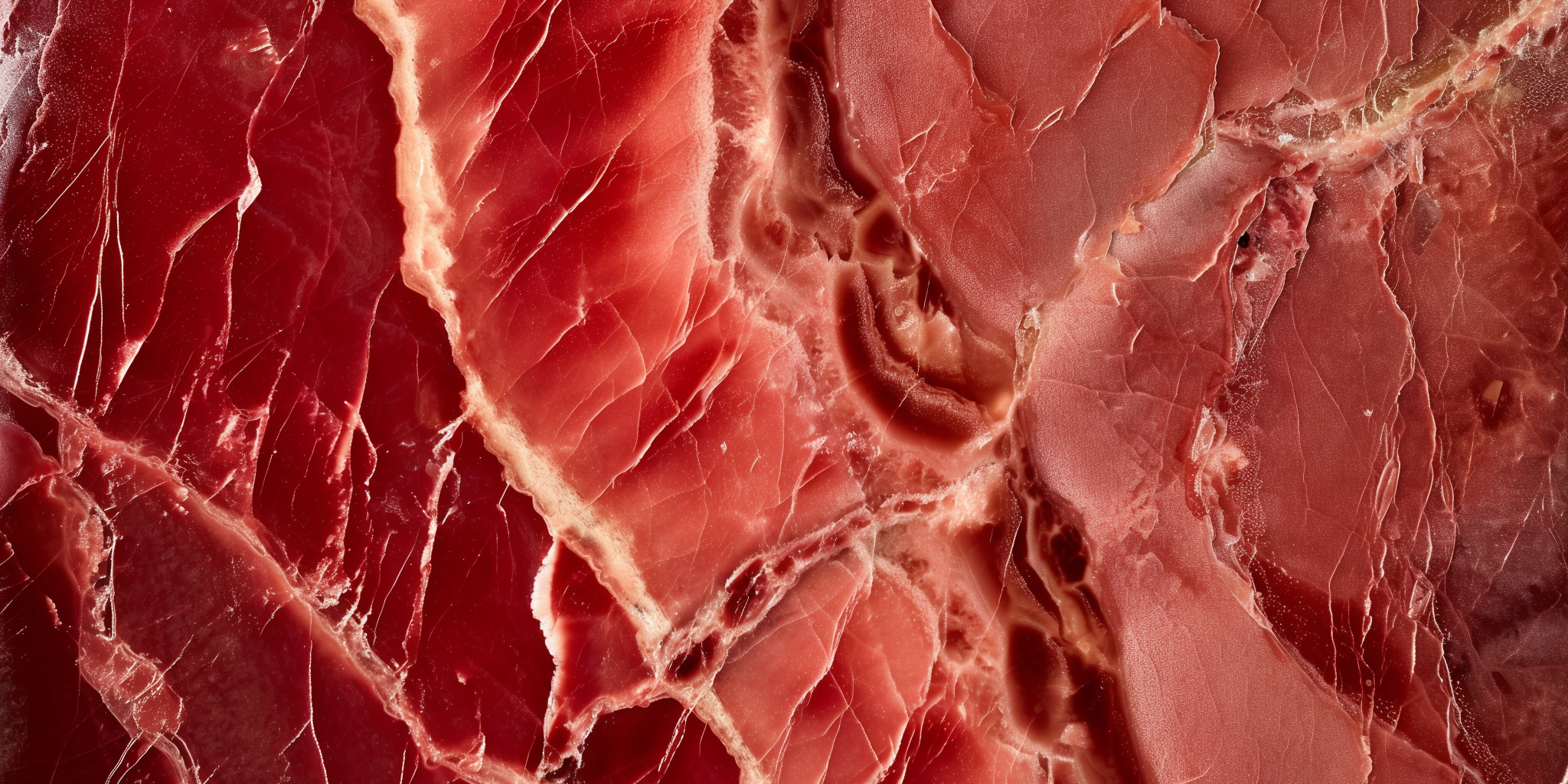Unacceptable Meat
Exploring our relationship with meat consumption
Unacceptable Meat is a project series that takes a multidisciplinary approach to exploring our relationship with meat consumption, a central and controversial aspect of the human experience. Each volume — independent projects within the series — addresses various cultural, socio-political, ecological, and economic implications of meat consumption. The aim is to offer a deeper, critical reflection on these practices through a speculative narrative approach.
Rather than jumping forward into near or distant futures, the narrative direction we take to give form to these reflections involves a lateral shift into alternative realities very similar to our own, but with a significant divergence: in each of these parallel worlds, cannibalism ceases to be one of the most universally pervasive human taboos and becomes instead, in various ways, tolerated, practiced, or even institutionalized.
Cannibalism as a tool for critical inquiry
The use of cannibalism as a diegetic device is central to the series. In each of these speculative worlds, we are invited to confront a practice that, in our consensual reality, is so repugnant that it is unspeakable and even unthinkable (Siefkes, 2022). This narrative distortion allows us to highlight and question the biases that shape our relationship with meat consumption. By normalizing cannibalism, Unacceptable Meat invites us to challenge our personal choices and the values that underpin our societies, exposing their contradictions, exaggerations, and hypocrisies. At the same time, on both a visceral and spiritual level, it forces us to rethink our bodies as possible nourishment and a source of life for other entities, reconsidering the principles of anthropocentric supremacy. As eco-feminist philosopher Val Plumwood (2012) states:
Being and thinking of ourselves as of use as food for others is the most basic way in which we can re-envision ourselves in ecological terms and affirm our solidarity with other animals in opposition to the dominant cultural conviction that we humans are set apart, too good to be food.
Vol.1 — Eat the Rich
Scenario
In the imagined world of Eat the Rich, it becomes fashionable for VIPs to be eaten shortly after death during a carefully orchestrated funeral feast, transformed into a social, performative, or political event. It doesn’t matter who first conceived, planned, and staged such a ritual. It could have been a Californian billionaire after receiving a hopeless diagnosis. Or an artist seeking sublimation in the most extreme form of body art. Despite the common people’s horror at the abomination of this pioneering event, the trend soon catches on among the global elite of showbiz, with stars spending fortunes on their funeral feasts — tabloids call them funerettes — competing in lavishness and spectacle as they perform their final farewell. Guests walk a black carpet in front of camera flashes, while triple Michelin-star chefs are tasked with creating a commemorative menu and preparing the bodies for optimal organoleptic results. The choice of whom to invite to one’s funeral feast — where the main course is inevitably limited — becomes a means of exercising power as the custom spreads to business and political figures. The first ceremonies to organize and conduct funeral feasts in para-institutional settings are codified, and powerful individuals legitimize their heirs and successors by allowing them to consume their remains at the head of the table in intimate assemblies. Even without the glamour and media attention, the ritual of funeral feasts becomes a status symbol for High Net Worth Individuals (HNWI, those with a personal net worth, excluding their primary residence, exceeding one million dollars), the only ones able to afford the exorbitant organizational costs. A new generation of exclusive funeral agencies emerges, managing every detail of this final journey, from the preparatory phase of breeding — élevage — to the logistics of the ceremony, often held in international waters or highly confidential settings. Through these agencies, the rich can assert their privilege to decide the exact fate of their bodies, having themselves eaten by other rich people.
